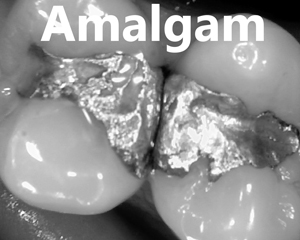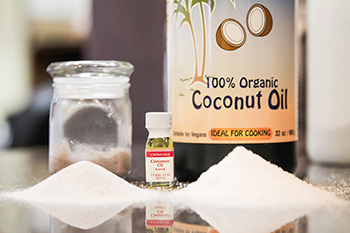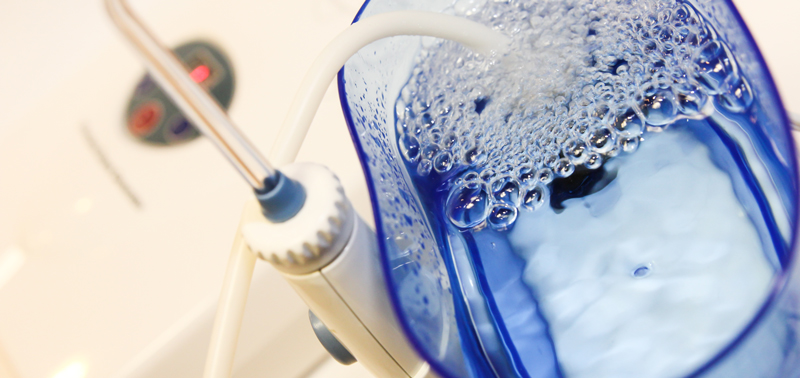 When talking about so-called silver amalgam fillings, the first thing that needs to be understood is that these fillings are 50% mercury. The same stuff that puts the ‘Mad’ in Mad Hatter and the reason women are told to avoid certain types of fish while pregnant and breastfeeding. In fact, the main premise to the biological / mercury free dental philosophy is the removal of these fillings.
When talking about so-called silver amalgam fillings, the first thing that needs to be understood is that these fillings are 50% mercury. The same stuff that puts the ‘Mad’ in Mad Hatter and the reason women are told to avoid certain types of fish while pregnant and breastfeeding. In fact, the main premise to the biological / mercury free dental philosophy is the removal of these fillings.
Hatters from the mid-1800s to the mid-1900s used mercury to cure the felt used to make the hats. They did not have protective gear, and the hatters inevitably inhaled the fumes from the mercury. Hatters commonly exhibited signs of significant cognitive decline and unusual tics, leading to the old adage “mad as a hatter”. Other symptoms of mercury poisoning include confusion, difficulty thinking clearly, birth defects, degenerative neurological disease, and autoimmune disease. So we have known of the dangers of mercury for over a century.
Charlotte Gerson, founder of the Gerson Institute, has found that every day activities such as chewing lead to the release of minute amounts of mercury from fillings into the lungs and digestive tract.
While fewer and fewer dentist actually use mercury fillings, many still do, and many thousands of people still have these toxic fillings in their mouths. Even among dentists who don’t actually use mercury fillings, many are not fully cognizant of the dangers of mercury, nor are they familiar with safe removal protocols. Perhaps they have only stopped using them due to pressure from patients who have expressed concern.
If you are among the many who have mercury fillings, you may be thinking of having them removed. If so, here are four more reasons to talk to a holistic dentist about it.
- Toxicity – We’ve already discussed this, but consider this: the Environmental Protection Agency considers mercury from fillings to be toxic waste, and estimates that fully half of all mercury pollution comes from dental offices.
- Damage to teeth – Mercury fillings expand and contract slightly, causing further damage to the tooth. Over time, the damage could become serious enough that the tooth cannot be saved. Removing the fillings sooner reduces the chances of this.
- Long Term Cost – The material may cost less than some of the alternatives, but the cost of treating the health issues caused by mercury can be expensive.
- There are several alternative filling materials that are at least as strong and long-lasting as mercury.
Admittedly, having a mercury filling removed is an expense. But in terms of your overall health, many would call it a worthwhile investment.
Reference website: www.biocompatibledentist.org
 Here are just four of the many things that may be in your toothpaste:
Here are just four of the many things that may be in your toothpaste:
